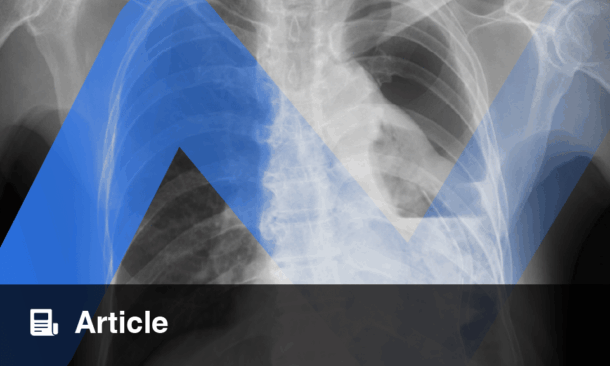A recent longitudinal study has examined how multidimensional fatigue changes in patients undergoing brachytherapy for cervical cancer. The research followed 188 patients, assessing fatigue and related factors at four key points: before treatment began (T0), after three sessions (T1), after five sessions (T2), and one month after treatment completion (T3). The study aimed to clarify the pattern of fatigue over time and identify influencing factors.
Fatigue Development Over Time
The study found that total fatigue and its five dimensions—general, physical, mental fatigue, reduced motivation, and reduced activity—increased slightly from T0 to T2, peaking after five sessions of brachytherapy. Fatigue scores were lowest at T3, one month post-treatment, indicating some recovery. Anxiety and depression followed a similar trend, showing statistically significant reductions at T3 compared to the earlier time points. Family adaptability and cohesion did not change significantly across the four assessments.
Impact of Age, Anxiety, and Depression
Older age and more severe anxiety and depression were significantly associated with higher total fatigue (β = 0.084 for age, 0.509 for anxiety, 0.596 for depression). These factors also predicted worse physical fatigue (β = 0.025, 0.078, and 0.126 respectively) and reduced motivation (β = 0.027, 0.092, and 0.104 respectively). Anxiety and depression further contributed to increased general fatigue (β = 0.144 for both), mental fatigue (β = 0.107 and 0.112), and reduced activity (β = 0.087 and 0.110).
Clinical Implications
This research highlights the importance of continuous monitoring of multidimensional fatigue during and after brachytherapy among cervical cancer patients. Given the strong links between fatigue, anxiety, and depression, healthcare professionals should integrate psychological support with physical symptom management to improve patient outcomes and quality of life throughout the treatment journey.
Reference
Ye Y et al. A prospective longitudinal study of the changes in multidimensional fatigue and its associated factors in patients undergoing brachytherapy for cervical cancer. Scientific Reports. 2025:15:34831.








